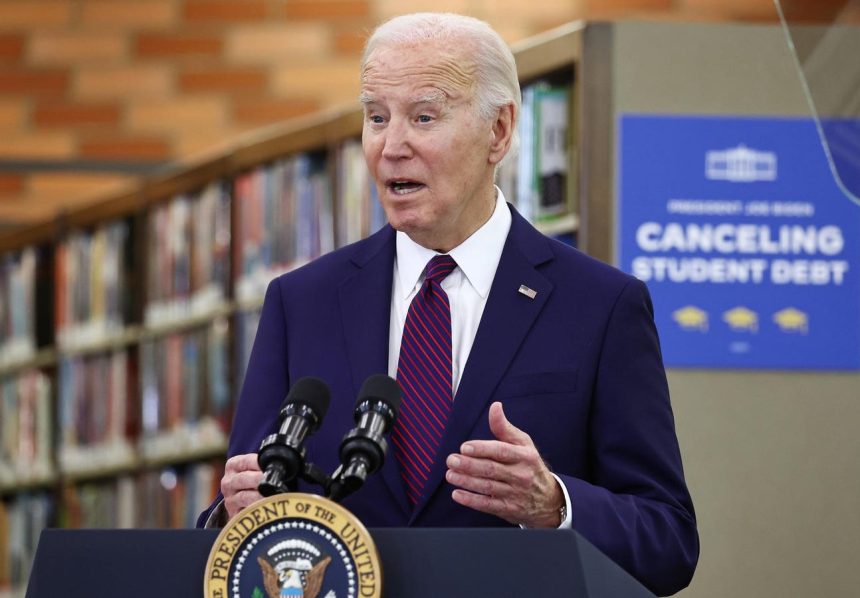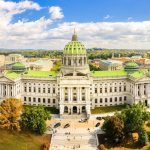The Biden administration’s Saving On A Valuable Education (SAVE) Plan promised to help millions of borrowers repay their student loans. Not only did this plan have a higher income threshold to qualify for $0 monthly payments on eligible loans, but it required for just 5% of borrower’s discretionary income instead of the typical 10%.
As an income-driven repayment plan, the SAVE plan also created a path toward loan forgiveness after requirements were met. Specifically, borrowers on SAVE would make monthly payments for 20 years on undergraduate loans and 25 years for graduate loans before having their remaining loan balances forgiven.
Unfortunately, two separate U.S. appeals court blocked its implementation altogether in July. In the meantime, borrowers who already opted into the SAVE repayment plan have moved into temporary forbearance.
This means borrowers on SAVE are currently paying $0 on their student loans. Fortunately, loans on the SAVE plan aren’t accruing interest during this time period, either.
With SAVE Paused, What Should Borrowers Be Doing?
With the SAVE plan paused and 8 million borrowers currently in forbearance, many are left wondering what they can (and should) do while they wait to hear what comes next. While borrowers can easily stay the course with $0 monthly payments and wait things out, wealth advisor Jack Wang of Innovative Advisory Group says the current pause is a great opportunity for consumers to shore up other aspects of their financial health.
Allocating loan payments to a savings account for emergencies is one strategy Wang recommends, along with using money saved to pay down other types of debt. The latter strategy can be especially helpful for those who can pay off a loan completely while they wait to see what happens with their federal student loans, he said. Paying off high-interest debt like credit card debt can also yield huge savings and help borrowers get out of debt faster.
Personal finance educator Leah Young of the AccessLex Institute adds that the current pause on payments could make it easier to save up the down payment for a home. And if you don’t think you have enough time to make a financial impact, Young says to think again.
“It could take years for the courts to decide the legality of SAVE,” she says.
This means money that would otherwise go toward student loans could be used to achieve multiple financial goals all at once.
Young also recommends that borrowers account for these funds outside of discretionary purchases so their budgets aren’t strained when their student loan payments resume. In other words, don’t let money that would otherwise go toward monthly student loan payments get spent elsewhere in your budget.
What About SAVE Plan Borrowers Pursuing PSLF?
While being stuck in limbo is bad enough, another wrinkle comes into play for borrowers on the SAVE plan who have been pursuing Public Service Loan Forgiveness (PSLF). This program is geared to individuals who work in eligible public service positions, and it requires 10 years (or 120 months) of payments toward an income-driven plan before forgiving remaining loan balances.
Obviously, not having payments right now pushes the timeline for forgiveness through PSLF back, and this is something most borrowers do not want, especially if borrowers were close to the 120 payment milestone.
Young says borrowers who can afford the higher payments on the Income-Based Repayment (IBR) Plan can consider contacting their loan servicer to switch plans if they want forgiveness through PSLF as soon as they can.
If SAVE is fully reinstated, they should be able to return to the plan from IBR, barring any unprecedented actions from the courts, she added. If the courts preserve SAVE only for existing enrollees, however, switching to IBR now could potentially eliminate the option to return to SAVE in the future.
“Borrowers should carefully weigh the risks of staying put on the SAVE plan and losing months of service towards forgiveness against potentially losing access to the plan in the future,” says Young.
The U.S. Department of Education also says borrowers nearing PSLF forgiveness on the SAVE plan can “buy back” months of PSLF credit for time spent in forbearance.
“Currently, borrowers with 120 months of eligible employment can make payments to cover past months that were not counted as qualifying payments because the borrower was in an ineligible deferment or forbearance status,” according to an ED press release. “Borrowers must submit a buyback request and make an extra payment of at least as much as what they would have owed under an income-driven repayment (IDR) plan during the months they are trying to buy back.”
Buy back credit is only an option for borrowers pursuing PSLF on the SAVE Plan if they still have an outstanding balance on their loans, they have approved qualifying employment for these same months, and the process will help them achieve 120 qualifying payments toward PSLF forgiveness.
What If The SAVE Plan Is Ultimately Struck Down?
While nobody can predict the future, there’s a real possibility the SAVE repayment plan will be ruled unconstitutional and ended completely. For that reason, borrowers currently on the plan should at least explore other options for repayment and how they might impact their monthly payment.
For example, borrowers can use the Loan Simulator at Studentaid.gov to look at other potential repayment plans and figure out what the new monthly payment would be. Specifically, borrowers should look at other income-driven repayment plans that lead to loan forgiveness, including the Pay As You Earn (PAYE) Repayment Plan and the Income-Based Repayment (IBR) Plan.
Consumers can also take this time to make adjustments in their monthly budgets, either by getting a part-time job or reducing expenses. Either strategy would leave them with more disposable income that could be used for student loan payments and other bills.
“It’s easier to make gradual adjustments now instead of having to make a big adjustment at the last minute,” says Wang.
Read the full article here
















